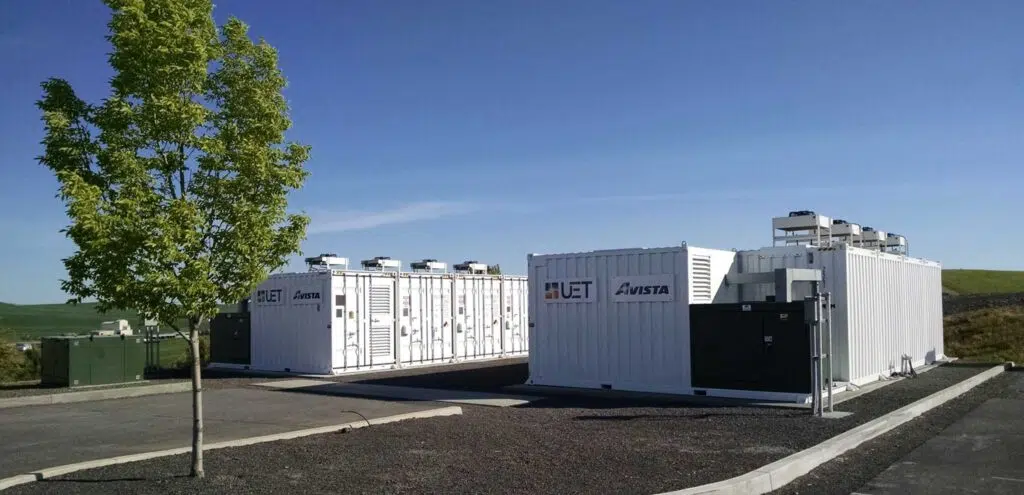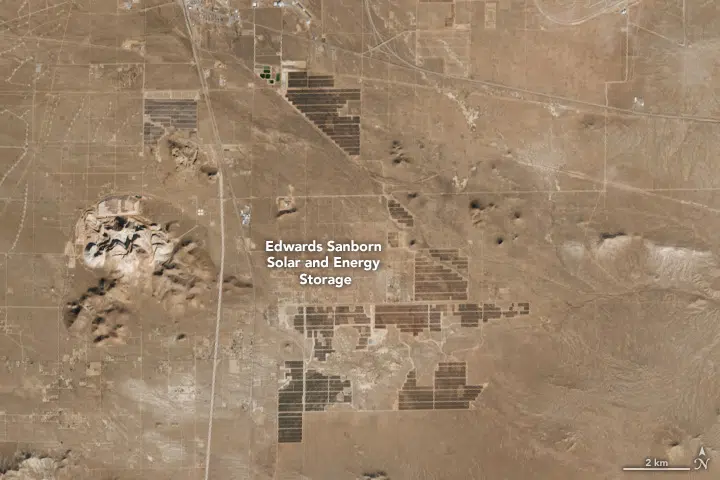There’s a lot to celebrate: In 2022, renewable energy sources generated more electricity than coal for the very first time in the United States. The previous year, renewables surpassed nuclear power generation. By 2050, the International Energy Agency (IEA) predicts that renewables will supply 44% of U.S. electricity, with solar accounting for over half of that total.  While these advancements are encouraging, there’s still a significant challenge ahead. Unlike fossil fuels, renewable energy sources such as solar and wind aren’t consistently available or entirely predictable. This means energy needs to be captured and stored for later use.  If you’re thinking about batteries when you hear ‘energy storage,’ you’re absolutely right! Lithium-ion batteries, in particular, play a vital role in integrating renewables into the grid, as well as balancing grid loads. Their usage has skyrocketed in recent years due to the rise of Battery Energy Storage Systems (BESS), massive facilities that can span up to 4,600 acres and hold up to 3,300 megawatt-hours (MWh) of capacity.  Given their remote locations, expansive size, and eco-friendly nature, BESS facilities are ideal candidates for solar-powered solutions. In this article, we’ll explore the present and future of BESS, the challenges involved in lighting them, and why solar is the best option.   A BESS functions similarly to a savings account. You can ‘deposit’ energy into it, store it, and ‘withdraw’ it when needed. Energy can be deposited from renewable sources like solar farms or wind turbines, or even from the grid during low-demand periods.  Unlike a regular battery, a BESS consists of multiple battery modules, along with additional components like inverters (to convert direct current to alternating current), a battery management system (to regulate energy collection and discharge), and various sensors (to monitor conditions and performance). All these parts are housed within structures that resemble large shipping containers.    Since the early 2000s, around 460 BESS systems have been constructed across the United States. This number is expected to increase dramatically as electric vehicles, artificial intelligence, and smart devices become more prevalent. The Inflation Reduction Act (IRA) has also provided a major boost to BESS, making projects eligible for a 30% investment tax credit (fun fact: this tax credit applies to solar lighting installations too!).  >>Check out the timeline of battery storage plants in the United States (click any point to view details)<<   Similar to solar farms, military bases, and industrial complexes, BESS facilities often cover hundreds or even thousands of acres (Florida Power and Light’s Manatee facility spans an area equivalent to 30 football fields). These expansive BESS sites usually include secured perimeters and a variety of applications—such as roadways, parking lots, and access points—that require dependable, high-quality lighting to ensure safety for site personnel.  Moreover, many BESS facilities are located in remote, hard-to-access regions (the recently opened Edwards & Sanborn facility sits in the heart of the Mojave Desert). Conventional lighting systems would be impractical and costly to install here. Trenches would need to be dug (near potentially hazardous, explosive chemicals), cables laid, and the overall expense of materials, labor, and equipment would skyrocket.  Image source: NASA Earth Observatory showcases the typically remote locations of BESS facilities   Solar-powered lighting solves all these problems—and more. It provides a quick, flexible, and non-intrusive installation process. Since it operates independently of the grid (and the BESS itself), systems can be installed wherever light is required. Some lights (like Sol’s all-in-one iSSL systems) can be set up in just 15 minutes using minimal tools and no specialized equipment.  After installation, solar lights offer numerous advantages, such as energy savings, long service lives, and low maintenance needs. As they’re not connected to the grid or the BESS, they generate their own power and incur no recurring utility costs. High-capacity batteries and durable fixtures drastically reduce replacement frequencies, while self-cleaning, frameless photovoltaic panels eliminate most maintenance concerns.  Lastly, solar lights perfectly align with facilities that are helping drive the shift to renewable energy. They symbolize environmental awareness and progress toward carbon-free grids, suggesting that a fully clean power grid may not be as distant as we think.   Are you looking to discuss your BESS facility—or another project? We’d love to hear from you!  Artificial Turf,Artificial Grass,Outdoor Artificial Turf,Outdoor Artificial Grass Yantai UVT Sports Co.,Ltd. , https://www.uvtgolf.comWhat Is a Battery Energy Storage System (BESS)?
BESS: Growing Bigger and Better
Illuminating BESS Facilities
A Reliable, Affordable, Sustainable Solution: Solar!
Why solar lighting is best for BESS
Contact us


